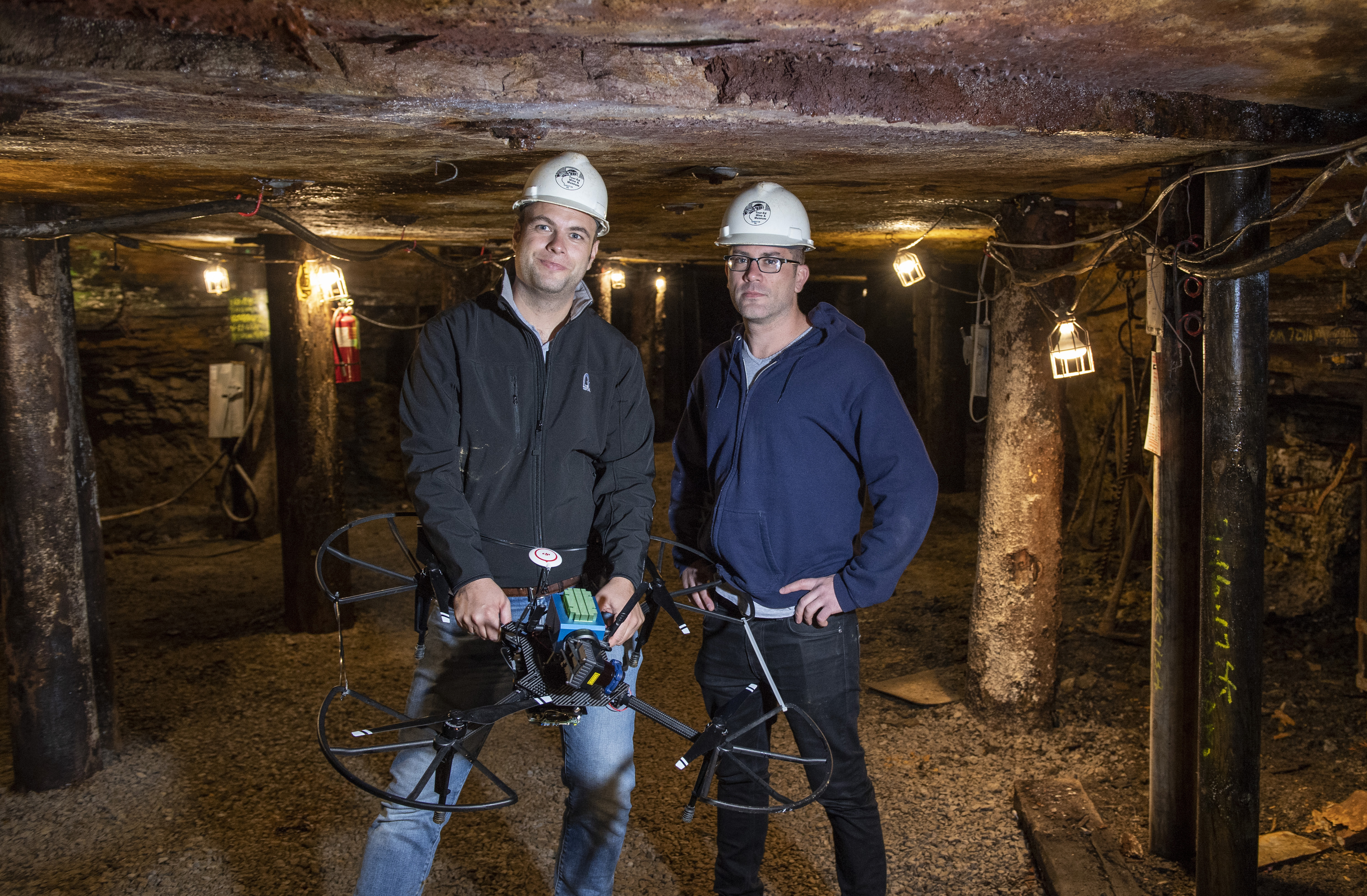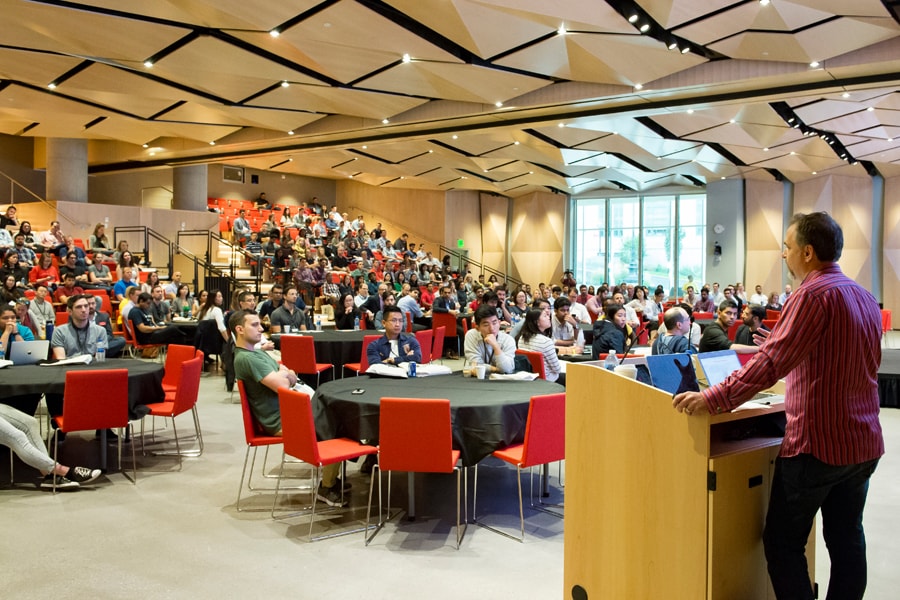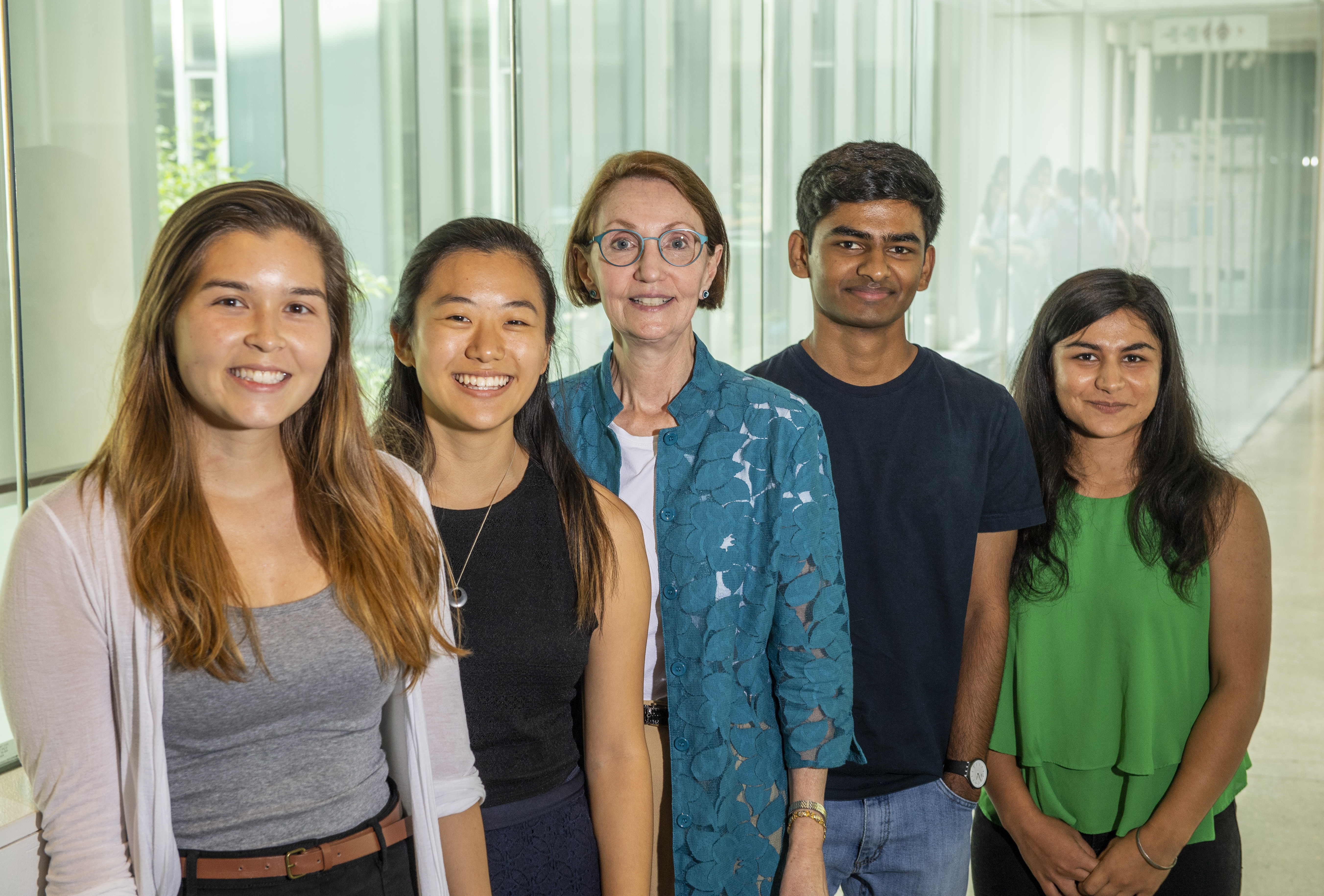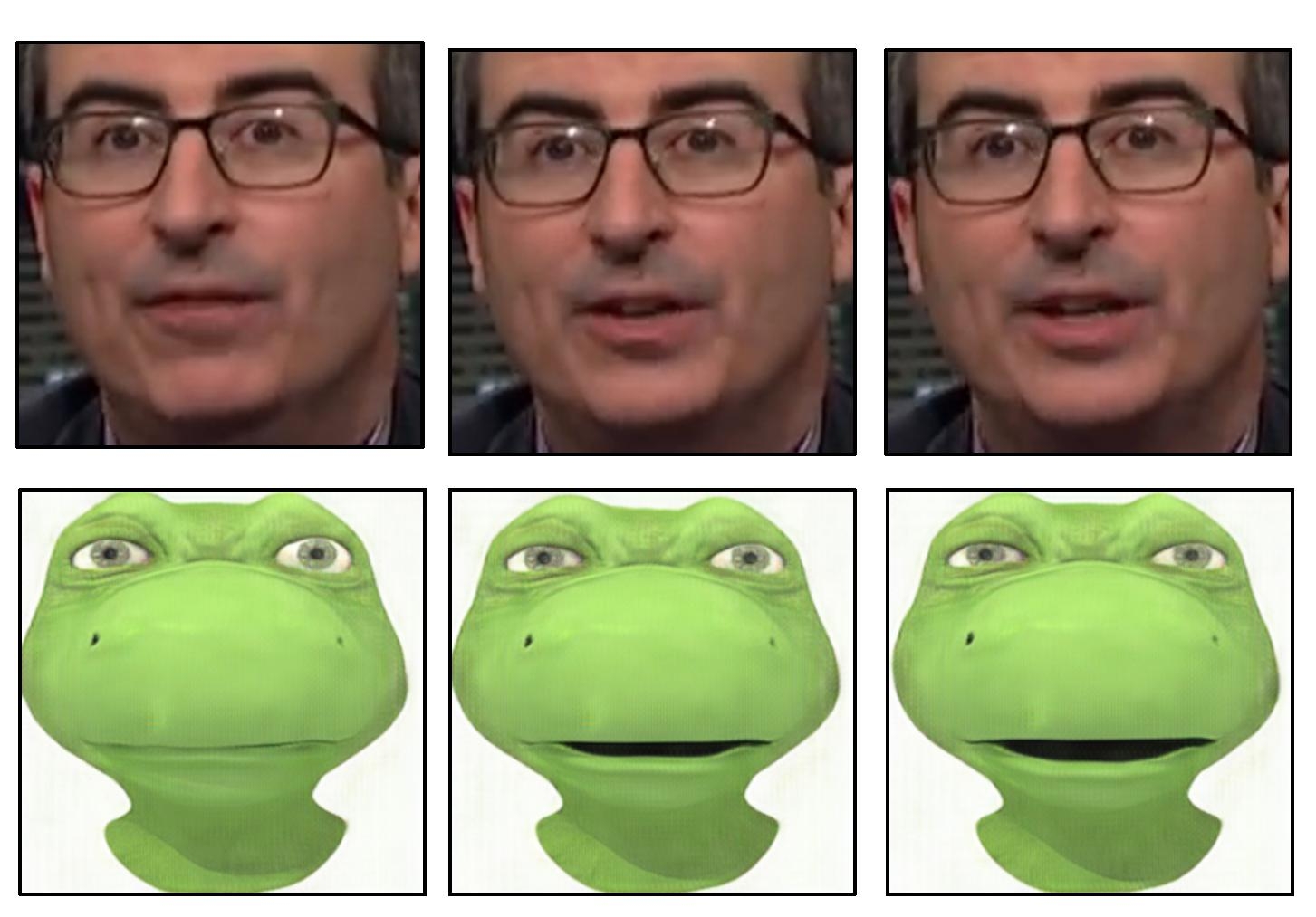Carnegie Mellon Team Dives Into DARPA Subterranean Challenge
A team from Carnegie Mellon University will compete in the systems track of the Defense Advanced Research Projects Agency Subterranean Challenge, a multiyear robotics competition with a $2 million prize in which robots will autonomously search tunnels, caves and underground structures. The Carnegie Mellon team, including a key member from Oregon State University, is one of nine teams that will receive up to $4.5 million from DARPA to develop the robotic platforms, sensors and software necessary to accomplish these unprecedented underground missions. The robots will be tasked with rapidly mapping, exploring and exploiting complex underground environments, ranging from spaces so small that humans can only crawl through them to areas big enough to accommodate an all-terrain vehicle. The challenge is designed to provide both warfighters and first responders with the capabilities they need to accomplish a variety of missions in caves, tunnels or urban underground facilities, such as subway stations. "Successfully completing these missions will require multiple robots, including both drones and ground vehicles," said Sebastian Scherer, who will lead the team with Matt Travers, both of CMU's Robotics Institute. "Our team has a wealth of experience in operating robots in mines, enclosed spaces and the wild, and in coordinating the activity of multiple robots." Travers, a systems scientist in the Robotics Institute, said the CMU team also will leverage its expertise in modularity — developing robots that can be rapidly built and reconfigured to adapt to widely varied environments. "We can't be sure that a four-wheeled platform will always be the right robot for every job, so we need to be ready to add wheels or substitute tracks or even legs," Travers explained. "In some environments, small robots might be our only option, while others may demand larger, more robust robots." Scherer, a senior systems scientist, said communications will be a major challenge underground, and that getting robots to work cooperatively to ensure a space is comprehensively mapped is critical. Geoff Hollinger, an assistant professor of mechanical engineering at Oregon State and a CMU robotics alum, has been recruited to the team for his expertise in multirobot systems. CMU's team also includes Howie Choset, the Kavčić-Moura Professor of Computer Science; Sanjiv Singh, research professor of robotics; Anthony Rowe, associate professor of electrical and computer engineering; and a number of undergraduate, graduate and post-doctoral researchers. "Creating robots that can work in subterranean environments will expand the potential application of robots both underground, such as in mines, and inside structures, such as buildings, ships and aircraft," Scherer said. "The constraints robots encounter in these confined spaces are enormous, so we have our work cut out for us." In addition to DARPA funding, the team is receiving support from the Boeing Co. and from Near Earth Autonomy, a spinoff of the Robotics Institute. They are also seeking additional commercial and foundation sponsors. Beginning in the fall of 2019, DARPA will conduct a series of challenges, including one each in man-made tunnels, natural caves and underground structures. A final event in the fall of 2021 will combine all three types of subterranean environments. The DARPA competition takes place in two tracks: the systems track, in which teams such as CMU develop and demonstrate physical systems for live competitions; and a virtual track, in which teams develop software and algorithms to compete in simulated environments. DARPA will award $2 million to the winner of the systems track and $750,000 to the winner of the virtual track. Carnegie Mellon teams won the 2007 DARPA Urban Challenge robot race and placed third at the 2015 DARPA Robotics Challenge for disaster response robots.








